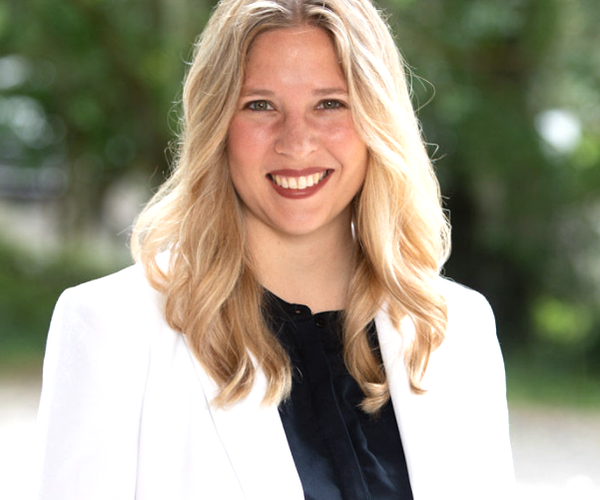The final resting places of Salzburgers, slaves and perhaps even Revolutionary War soldiers soon may be located and dedicated, if efforts of the Georgia Salzburger Society prove successful.
Salzburger descendants gathered at Jerusalem Lutheran Church, not far from the Ebenezer Cemetery, Monday for their annual Heritage Day commemoration. Georgia Salzburger Society President Noble Boykin Jr. told the attendees, as they gathered for their service inside the church, which has stood for more than 240 years.
The GSS had discussed conducting an archaelogical assessment of the cemetery. Don and Rita Elliott of the Lamar Institute were doing some work for the federal government, researching the British encampment at Ebenezer during the Revolutionary Wary, and their ground-penetrating radar uncovered what appeared to be a number of graves not enclosed in the cemetery boundaries.
"It came to our attention that a number of graves were not inside the fence," Boykin said. "They found what they felt were hundreds of graves."
Boykin added that one of the roles of the Society is to document the resting places of the early Salzburger forebears. There appears to be a huge burial ground near the New Ebenezer settlement, including an African-American cemetery.
"It’s really all part of our cemetery," Boykin said.
With the permission of the church, the GSS commissioned a study and delineated what they think are the outer extents of the cemetery. The exact boundaries of the cemetery will be surveyed and a plat will be recorded at the courthouse.
Doing so, Boykin said, will leave no question as to the cemetery’s boundaries. With the church’s permission, the Salzburgers hope to erect stone markers outlining the actual cemetery and an interpretive plaque "so people will know what they’re looking at," Boykin added.
The cemetery has been a victim of war through the years, Boykin explained, first at the hands of British troops who occupied the Ebenezer settlement several times during the Revolutionary War and again by Union forces bearing down on Savannah in the Civil War.
"Because the cemetery was desecrated by British troops and again
in the Civil War, that may be how those parameters were lost," he said.
It is possible that many Revolutionary War soldiers are buried in those unmarked graves. The British had a field hospital, called Great Swamp Hospital, at Ebenezer. A field hospital then, Boykin said, was more akin to a hospice, and several hundred soldiers are estimated to have died there.
Re-dedication ceremonies for the graves will be conducted later, Boykin said.
Tours of the remaining British redoubts at Ebenezer were conducted as well, and the five-sided earthen fortifications surrounded the town. Only two of them remain, redoubt No. 4 and redoubt No. 5. Typically, they were manned by about 60 British soldiers, and the town of Ebenezer was strategically important to both the British and the American forces.
"In Ninety Six, South Carolina, they will tell you they have the only existing British redoubt in the U.S.," Boykin said. "We have two."
The GSS also has formed a committee to explore buying property near the New Ebenezer settlement for a possible building. The Society also received a $7,000 tourism grant to enhance the historic settlement’s visibility.
"They felt what we had at Ebenezer is something people would want to see," Boykin said. "We’ve got a lot of hidden gems out here at Ebenezer. They feel we have to get the word out more."
As part of that, the Society, which relies heavily on volunteers, may develop self-guided tours that can be download to phones or media devices for visitors. The GSS also may put together a collection of letters from one of the pastors who followed Johann Martin Boltzius as leader of the Ebenezer congregation.
"This is our history," Boykin said. "And if we don’t look after it and document it, nobody else is going to do it for us."
Former GSS president Marvin Brown said he and another Salzburger had a private audience with Queen Elizabeth II and presented the British monarch with a certificate proclaiming her as a member of the Georgia Salzburger Society.





